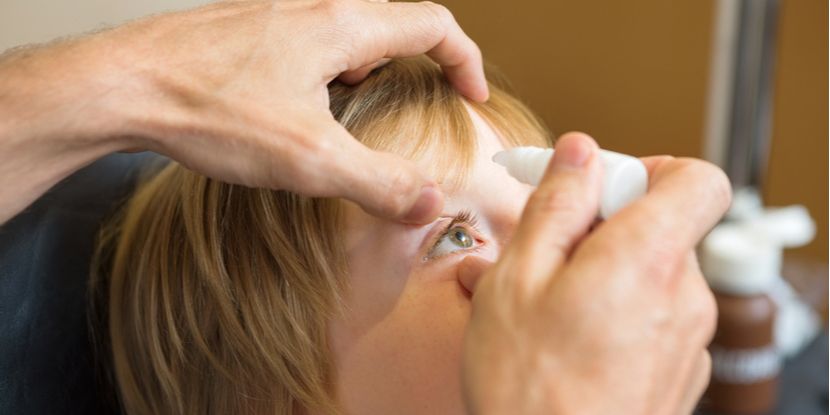Article
New Approach to Slowing Nearsightedness in Children
Author(s):
A 2-year study in 80 children found that combination therapy of orthokeratology and atropine 0.01% was 38% more effective than monotherapy for slowing myopia in children with lower myopia.

Results of a new study presented at the American Academy of Ophthalmology (AAO) 2019 Annual Meeting in San Francisco is suggesting a combination of eye drops and contact lenses could be a more effective approach to slowing nearsightedness in children.
The 2-year randomized study found the combination of orthokeratology and atropine 0.01% was more effective in slowing axial elongation in children with myopia.
“At present, using atropine together with orthokeratology can become a better treatment option to slowing myopia progression,” said lead investigator Nozomi Kinoshita, MD, PhD, of Jichi Medical University in Japan. “We believe this combination will be an optimal treatment option because together, both therapies complement the weakness of each other.”
In an effort to determine whether a combination of the 2 popular treatments would result in a greater treatment effect, investigators carried out a study comparing orthokeratology and atropine to orthokeratology mono therapy in 80 children. Patients included in the study were between the ages of 8 and 12 and had a spherical equivalent refractive error(SER) of -1.0 to -6.0 D. Investigators noted all patients had been wearing orthokeratology lenses successfully for 3 months.
All patients in the study were instructed to wear Breath-O Correct every night for a minimum of 6 consecutive hours. Patients randomized into the combination therapy group were instructed to use atropine once per night.
The axial length measurement at month 3 of orthokeratology use was used as the baseline value in both groups. Measurements obtained over the course of the 2-year study were averaged and used for statistical analysis.
Of the 80 patients included in the study, 43 were randomized to receive combination therapy and 37 were randomized to receive monotherapy. At the end of the study period, 38 patients from the combination group and 35 from the monotherapy group were included in the final analyses.
Results of the study revealed the increase in axial length was 0.29 ± 0.20 mm in the combination group compared to 0.40 ± 0.23 mm in the monotherapy group (P=0.032, unpaired t-test).
When examining the effect in those with baseline SER of -3.01 to -6.00 D, the increase in axial length in the combination group(11) was 0.27 ± 0.15 compared to 0.25 ± 0.17(P=0.735) in the monotherapy group(12). In those with baseline SER of -1.0 to -3.0 D, the increase in axial length was 0.30 ± 0.22 in the combination therapy group(27) compared to 0.48 ± 0.22 in the monotherapy group(23).
Based on the results of the study, investigators suggest the use of combination therapy was 38% more effective in children with lower myopia and 28% more effective in children with higher myopia. Investigators in their conclusion orthokeratology monotherapy appeared to be as effective as combination therapy in children with higher myopia.
This study, “Additive Effects of Orthokeratology and Atropine 0.01% ophthalmic Solution for Slowing Axial Elongation,” was presented at AAO 2019.





